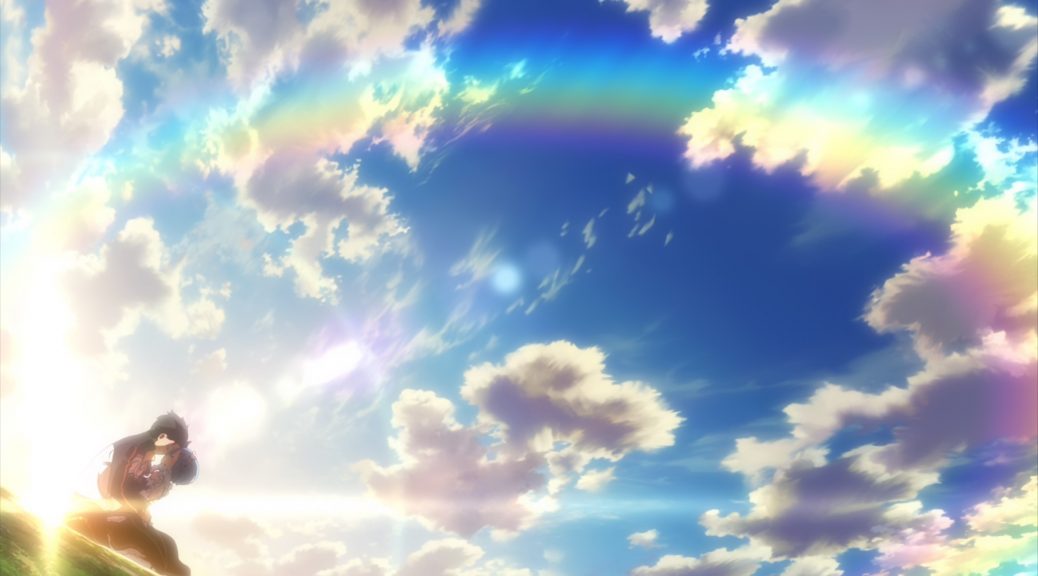
Re:Zero Production Journal – Starting a Sequel in a Similar Yet Different World
With Re:Zero season 2 right around the corner, it’s time for a lengthy look back at the team and circumstances that made the original such a successful adaptation, as well as their evolution over time and what that means for this sequel’s production.
The return of Re:Zero Starting Life in Another World means that we’re once again in a situation where lots of anxious fans have approached us to ask what we know about its production and the chances to repeat its predecessor’s success. So, following another tradition of ours, let’s have a lengthy look back at what made its first season click in the first place before we talk about the changes coming up. It’ll be worth it, I promise.
If you think that the secret behind Re:Zero becoming a worldwide hit was the faithful adaptation of Tappei Nagatsuki’s already popular story, with him having a more involved role in this project than authors tend to have, then you’re probably correct… to some degree. That is indeed what passionate fans claim to want in all instances, but since pointing fingers is rude, let’s just say that other titles with extremely similar arrangements have failed to get much of a positive reaction. That means there’s got to be something else that made a difference for Re:Zero as an adaptation, and it’s precisely those something elses that we love writing about here.
You shouldn’t be surprised that the closest thing we have to a main culprit is Re:Zero’s series directorSeries Director: (監督, kantoku): The person in charge of the entire production, both as a creative decision-maker and final supervisor. They outrank the rest of the staff and ultimately have the last word. Series with different levels of directors do exist however – Chief Director, Assistant Director, Series Episode Director, all sorts of non-standard roles. The hierarchy in those instances is a case by case scenario. Masaharu Watanabe. If you try to find out more about him, chances are that you’ll quickly come across people pointing out that he began his career at Kyoto Animation. While that’s kind of a victory compared to the days when many fans believed that his new persona materialized out of nowhere in Naruto, I feel like people still haven’t given enough thought about what his past entails; knowing a creator’s origins can be interesting trivia, but it’s understanding the effects they had had on them that is actually enlightening.
Mind you, artists are more than a collection of influences, and you’ll always be doing them a disservice if you treat their skillsets as pure equations to solve. To give a concrete example: it’s not as if Watanabe’s upbringing determined the striking layouts that his episodes are known for, but a major reason why he can nail such demanding shots is that he spent his formative years at of the few places in the industry where everything’s geared towards developing and polishing the skills of new artists. So, while a personal choice, his ability to constantly tilt the camera into tricky angles to reinforce a particular mood or to boost the dynamism of an action sequence is one of the many qualities that prove spending around 5 years at KyoAni did prepare him for anything.
Similarly, it’s easy to see the connection between the wild smears that got his animation noticed as Gorou Sessha—the pen name he first went with as a freelance agent—and the work of Taichi Ishidate, a contemporary of his at KyoAni with an equal passion for kinetic animation. While both of them followed trajectories of their own, with Ishidate moving towards looser form while Watanabe’s art got sharper, having two young artists with similar sensibilities grow up together means that mutual influence will happen, even if it is just as an attempt to one-up the other. That no doubt pushed Watanabe forward, and the results speak for themselves; to this day, Naruto fans look back on the feeling of rawness that he was able to convey with the toothed edges of his lineart. Years later, Watanabe was able to add that exact same flavor to the animation of Re:Zero’s very first arc—he might have moved up the ladder enough that he doesn’t have time to draw key animationKey Animation (原画, genga): These artists draw the pivotal moments within the animation, basically defining the motion without actually completing the cut. The anime industry is known for allowing these individual artists lots of room to express their own style. anymore, but that doesn’t mean his old self has vanished.
While all those artistic quirks that tie back to Watanabe’s background one way or the other are interesting, and can definitely be appreciated all over Re:Zero, they don’t actually explain its success. Rather than technique, the difference-maker was the attitude that was instilled in him early on. A nearly dogmatic belief that the characters whose stories you’re telling are actual beings that must be portrayed—written, framed, animated—in a way that’s true to themselves at all points, but without forgetting that animation is text as well, so there’s inherent value in making a cathartic moment look stunning. Even in an environment where he had to be much more economical with the acting, and perhaps couldn’t reach the same technical heights with the latter, Watanabe adapted perfectly to the resources he had available and thus led a smart, focused production that punched above its weight.
It’s worth noting that by the time Watanabe parted ways with KyoAni, not only had he absorbed the philosophy of their leading voices like Yoshiji Kigami, but even undergone training as a director himself in The Melancholy of Haruhi Suzumiya. That’s a complete mentorship by a team that constantly puts out some of anime’s most dazzling visuals that viewers can enjoy on a moment-to-moment basis, but also one that’s obsessive about having that animation constantly reflect the character and mindset of the cast, down to the banal mannerisms that are ignored by most teams. And, despite Watanabe’s intensity and his seemingly crude animation, much of that remains in the likes of Re:Zero—a show with often beautiful visuals, but always preoccupied with its protagonist’s psyche, and with its fair share of delicate animation too.
Although that philosophy reminiscent of KyoAni’s is harder to pin down than the specific techniques that Watanabe is known for, it’s so ingrained that once you start noticing it, it becomes impossible to miss. From the commitment to depicting the lead character’s shortcomings despite knowing that his personality would need a balancing act to be palatable, to details like promoting Tatsuya Koyanagi—an old pal whose boards alone can capture a nuanced emotional arc—to major roles over time, it all points in the same direction: thorough, nearly obsessive storytelling that treats its characters as actual people. Quite the daring approach when your main character can be uncomfortably real!
Personally speaking, I still had some issues with Re:Zero’s narrative. Despite their best efforts, Subaru was often too abrasive of a main character, and it sometimes felt like a story so in love with the idea of punishing its protagonist for being in the wrong that it could only filter events through him, which led to the actual punishment for the rest of the cast of losing any agency. That said, the fact that I still found all of its major emotional beats to be moving only reinforces how good of a job Watanabe and his team did. If it managed to sell all those key moments even to someone who disagrees with major narrative decisions, it’s no wonder half the planet fell for the show.
As much as the approach captained by Watanabe and followed with equal levels of thoroughness by the rest of the staff feels like the biggest secret behind Re:Zero’s success as an adaptation, the show was supported by other pillars, like the sturdiness of its production. I use words like sturdy and durable deliberately when talking about it, because it’s precisely its victory against the production fatigue that taints most modern TV anime that I find most important here.
You see, if you were to separate Re:Zero’s draftsmanship highlights from their context, they might not be able to match the most idiosyncratic direction and accomplished animation that tends to catch the eye of sakugaSakuga (作画): Technically drawing pictures but more specifically animation. Western fans have long since appropriated the word to refer to instances of particularly good animation, in the same way that a subset of Japanese fans do. Pretty integral to our sites' brand. fans. Once you factor them in, they hit hard thanks to that consistent vision we’ve been talking about, but on their own, they’re simply great without scratching all-time excellence. What it does way better than most contemporary TV projects, though, is perfectly maintaining a solid baseline of quality, then raising the bar naturally when the situation demands it. Industry folks often talk about yearning for a feeling of security: works that make the audience take their quality for granted, keeping you immersed without wondering why the quality may be stumbling.
As normal as that sounds—and it should be—it’s simply not much of a thing in the TV anime space anymore. Management staff do their absolute best so that the rise and falls at least sort of coincide with the narrative’s demands, but with anime production becoming increasingly more decentralized, there’s no way to keep that under control. And that takes its toll on the immersion of the viewers, even if they’re used to anime’s unevenness; some weeks they’re not experiencing a chunk of that story, they’re just watching the weak episode. It’s easy to underestimate how much that stability can boost your investment, until you come across a project this sturdy and begin wondering why you buy into it so much more.
So, how did studio White Fox put together such a solid production? One that didn’t just maintain its quality over two cours, but actually contained a lot more animation than shows of seemingly equal length by deciding that all that opening and ending runtime would be better spent with new scenes? I could tell you that this is thanks to character designer and chief animation directorChief Animation Director (総作画監督, Sou Sakuga Kantoku): Often an overall credit that tends to be in the hands of the character designer, though as of late messy projects with multiple Chief ADs have increased in number; moreso than the regular animation directors, their job is to ensure the characters look like they're supposed to. Consistency is their goal, which they will enforce as much as they want (and can). Kyuta Sakai, a fast and reliable supervisor with boundless love for cute girls but capable of handling any genre you throw at her. Although that did by all means help, the truth is that White Fox cheated. In a good way.
One thing you might have heard regarding Re:Zero’s production is that studio Nexus provided help to White Fox. What you might have not realized, though, is that it came in the form of nine fully subcontracted episodes, just over one third of the whole show. As it turns out, that arrangement was perfect: White Fox’s workload was reduced a massive amount, letting them uphold that quality over a much more manageable set of episodes, while Nexus themselves did what they do best. As a studio, they’re all about efficient production, using small crews to put together very respectable work thanks to a combination of speed, resource management, and understanding of animation itself. As good of an ally as you can possibly have when your goal is maintaining an always satisfying level of quality.
Making good use of that skillset, Re:Zero’s main team would often use this subcontracting as breathing space. After the intense finale to the first arc, episodes four to six were outsourced to Nexus, allowing the in-house crew to return with full force afterward. At the same time, the feeling of cohesion with the rest of the show was protected by a consistent team of storyboarders that handled both in-house and Nexus-produced episodes. To the eyes of the viewers, the constant transitions between the two studios were nearly seamless.
For all I’ve said about Nexus specializing in efficiency, it’s not as if cutting corners is all they were good for, as the studio also stepped up its game for a few climactic or otherwise action-packed moments. Kazuya Nakanishi, a master of economic yet eye-catching animation who often animates entire episodes on his own, emerged as the action leader in many of those moments; look no further than episode #10, with its fun gravity-defying action choreography thanks to Naoto Hosoda’s storyboardStoryboard (絵コンテ, ekonte): The blueprints of animation. A series of usually simple drawings serving as anime's visual script, drawn on special sheets with fields for the animation cut number, notes for the staff and the matching lines of dialogue. that was executed in a savvy, effective way. Perhaps the best showcase of what they’re capable of and the how highly they were regarded in this project is episode #21: the climax to both the White Whale’s thrilling hunt and Wilhelm’s personal arc, partly storyboarded by Watanabe himself and then shipped with no hesitation to a Nexus team that did it all justice. It’s easy to forget that anime outsourcingOutsourcing: The process of subcontracting part of the work to other studios. Partial outsourcing is very common for tasks like key animation, coloring, backgrounds and the likes, but most TV anime also has instances of full outsourcing (グロス) where an episode is entirely handled by a different studio. used to be all about positive symbiotic relationships like this, but Re:Zero was a good reminder of how much it can help all parties involved.
Although Nexus has its weaknesses as a studio—irrelevant to Re:Zero, but their in-house compositing style is harsh on the eye—there’s so much to love about them, such a curiously old-school quality to their efficiency… that I wish I didn’t have to add that they’ve used their decent baseline remuneration as an excuse not to pay key staff for major roles in their own projects, or that their treatment of women with children leaves a lot to be desired. Thanks to the sorry state of this industry, even positive pieces like this have their downers.
As you might imagine, the main team wasn’t going to let Nexus overshadow them either. White Fox gathered their most capable in-house people, as well as the best acquaintances they had access to. Although I personally enjoy episodes that throw all preconceived notions out the window, Re:Zero’s more natural spikes in quality fit the cohesive approach that Watanabe was going for, and within context, there’s nothing to fault them for.
Sometimes those highlights came by the hand of one-time guests like Atsushi Ikariya and his ferocious Wilhelm, while others were due to regular staff stepping on the gas a harder than usual; Manabu Okamoto of Gamers! fame delivered some laugh out loud moments in a second arc that needed them, while both Shunsuke Nakashige and Takaharu Ozaki—at his best when mixing despair and hopefulness, like Re:Zero and his masterpiece Girls’ Last Tour do—added a striking horror component to that arc and the White Whale subplot in particular. And of course, series directorSeries Director: (監督, kantoku): The person in charge of the entire production, both as a creative decision-maker and final supervisor. They outrank the rest of the staff and ultimately have the last word. Series with different levels of directors do exist however – Chief Director, Assistant Director, Series Episode Director, all sorts of non-standard roles. The hierarchy in those instances is a case by case scenario. Watanabe himself, storyboarding more episodes than anyone else—often the most memorable ones too.
Singling out the people animating and directing the show for all of its success would be overly reductive. Petelgeuse’s immense charisma owes a lot to Yoshitsugu Matsuoka’s voice acting, while the title drop episode #18 hits as hard as it does because essentially every preceding episode builds up to it. At the same time, it’s impossible to even imagine the Sloth Archbishop introduced any other way than with Hosoda’s unsettling boards and Kazuhisa Nakamura’s believably insane animation, or to think of Rem’s declaration without Kazuomi Koga’s stunning visual choices and music placement as episode director. Re:Zero isn’t in the running for the most spectacular production of all time, but thanks to a series directorSeries Director: (監督, kantoku): The person in charge of the entire production, both as a creative decision-maker and final supervisor. They outrank the rest of the staff and ultimately have the last word. Series with different levels of directors do exist however – Chief Director, Assistant Director, Series Episode Director, all sorts of non-standard roles. The hierarchy in those instances is a case by case scenario. with very clear ideas and the competent team that surrounded him, it still hit the right notes every time; not as much firepower as anime’s greatest, but with tremendous efficacy to make up for that.
Speaking of beautiful highlights that accomplished exactly what they had to, Kouta Sugawa did a great job in his unofficial role of person who animates the pretty crying at the end of an arc.
Having recapped all the circumstances that led to Re:Zero’s success, it’s finally time for the question: can the sequel replicate it all? The easy answer would be saying no, but while technically correct, that would miss the point of what truly matters.
Let’s get the pretty objective bad signs out of the way. You know that helpful assistance by studio Nexus, key to the original show’s stability? The truth is that the studio has changed a lot since then, focusing instead on their own productions and leaving no room for the sizable subcontracting they used to do; 2016 titles like Re:Zero were the last time they handled fully subcontracted episodes on a regular basis, and at this point it’s been years since they last did it at all. While they maintain a great relationship with this team—2019’s Granbelm was essentially Re:Zero’s director and designer killing time at Nexus—it’s extremely unlikely they’ll return on a comparable role. Even the timing doesn’t help, as the studio recently wrapped up a production that was unusually messy for their standards.
At the same time, White Fox themselves have been losing in-house talent and other affiliated staff for years. This involves quite a few of the names we’ve brought up so far—Ozaki’s away from the studio to direct WAVE after a certain goblin experience that’s best forgotten—as well as others we’ve yet to mention but were equally important to Re:Zero. Kazuma Tanaka, once a permanent fixture on White Fox projects and arguably the second most important supervisor in the original series behind Sakai, is now instead affiliated with A-1 and doing a pretty good job with Kaguya-sama this season. There are many cases like theirs, giving plenty of fuel for pessimism.
But as you can imagine, I think that would be missing the point somewhat. For starters, there’s a good reason why I spent so much time talking about Watanabe: if there’s someone truly irreplaceable in this adaptation, it’s him. It was the vision he was able to convey to the rest of the team that did the heavy lifting, so with that intact, the core qualities should remain the same too. As simple as that.
The other major rebuttal to pessimistic arguments with no nuance is equally obvious: Re:Zero is a big deal. Its supporting cast was exceptional by White Fox’s standards in the first place, so there’s little reason to doubt their ability to assemble another robust team, especially if you consider that it was an even bigger hit than expected and how well they’ve continued to treat the franchise. The side materials that filled the gap between seasons have attracted interesting new faces, while the management from above has been rather smart too; rather than rush sequels out the door to capitalize on its success, it seems that for once the committee understood that a disappointing follow-up would do more harm than good.
That kind of patience is a godsend for production schedules, often the biggest problem when it comes to TV anime. I can tell you with authority that season two has been in the works on some capacity for a long time… because the person who greenlit it happened to leak its existence to someone who works for this site during an entirely unrelated job, before even the OVAs were announced. Oops! Now that doesn’t mean its animation production has spanned years, but coupled with decisions like their willingness to delay and split the show despite a Spring release making more financial sense, it’s an encouraging sign about the planning heading towards this new season.
As a more speculative aside, let me add that this is a potentially good way to address all the timing issues that might have gotten in the way of returning key staff too; sure, the aforementioned Hosoda, Okamoto, and Koga have upcoming projects—Magatsu Wahrheit, Mushoku Tensei, and Kanokari respectively—but that longer window might have allowed them to sneak in a storyboardStoryboard (絵コンテ, ekonte): The blueprints of animation. A series of usually simple drawings serving as anime's visual script, drawn on special sheets with fields for the animation cut number, notes for the staff and the matching lines of dialogue. or two. Dreaming’s free, you know.
To sweeten that deal some more, let me also add that some of the already confirmed new staff could make a difference… or rather, they’ve already started to. It’s unclear how Kazuhiro Ota ended becoming its new action director—perhaps through Keiko Iwata, a piece of White Fox’s backbone who makes guest appearances on similar Toei projects as the ones Ota frequents—but every fan who knows him will agree that it’s good news.
To put it plainly, there’s no register Ota can’t handle. He rose to prominence in wacky studio SHAFT titles, and retains those comedy chops to this day. His appearances in post-season 1 Re:Zero have already shown multiple sides of him, from the effects expertise (with shapes so idiosyncratic he was easy to spot even in Frozen Bond trailers) to his striking, bold character art that’s all over the scenes he reanimated for Re:Zero’s director’s cut; incidentally, getting Watanabe himself to tweak the editing of the whole show, as well as having the team draw new corrections over already corrected animation is another of those details that shows the team’s dedication. Regardless, Ota’s impactful action has also gained in spatial awareness and three-dimensionality thanks to his collaborations with people like Yuta Tanaka and Shingo Fujii, which might prove to be a good fit with Watanabe’s spacious layoutsLayouts (レイアウト): The drawings where animation is actually born; they expand the usually simple visual ideas from the storyboard into the actual skeleton of animation, detailing both the work of the key animator and the background artists.. Whatever he’s got in store, it’ll probably be good.
And that’s where we find ourselves. The core that made Re:Zero such an inspired adaptation remains exactly the same, so I think doom-sayers about the second season are nitpicky at best. Although it’s true that the studio and the project’s supporting cast seem to have taken a hit over time, making it unlikely that they reach the solidity of the original production, Re:Zero has always been treated as well as they can and that will likely continue—and looking at the caliber of the new additions to the team, that’s not even speculation.
With all that in mind, my guess would be a production that’s maybe a bit more uneven but with equal if not higher highs, as long as the material they’re working with holds that potential to begin with. Knowing nothing about the source material that follows, or even who that “Rem” person is, that’s a question for others to answer!
Support us on Patreon to help us reach our new goal to sustain the animation archive at Sakugabooru, SakugaSakuga (作画): Technically drawing pictures but more specifically animation. Western fans have long since appropriated the word to refer to instances of particularly good animation, in the same way that a subset of Japanese fans do. Pretty integral to our sites' brand. Video on Youtube, as well as this SakugaSakuga (作画): Technically drawing pictures but more specifically animation. Western fans have long since appropriated the word to refer to instances of particularly good animation, in the same way that a subset of Japanese fans do. Pretty integral to our sites' brand. Blog. Thanks to everyone who’s helped out so far!
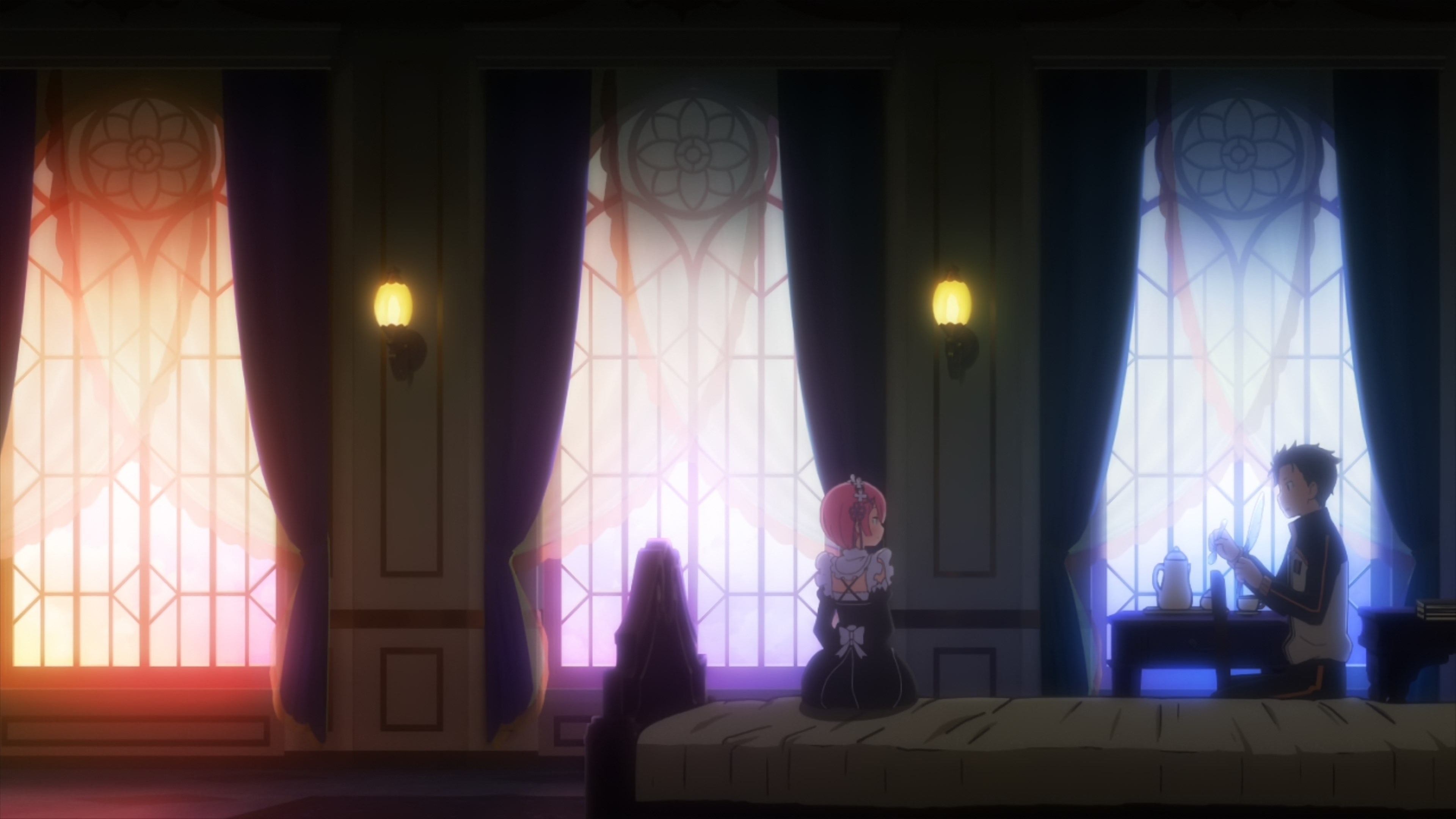

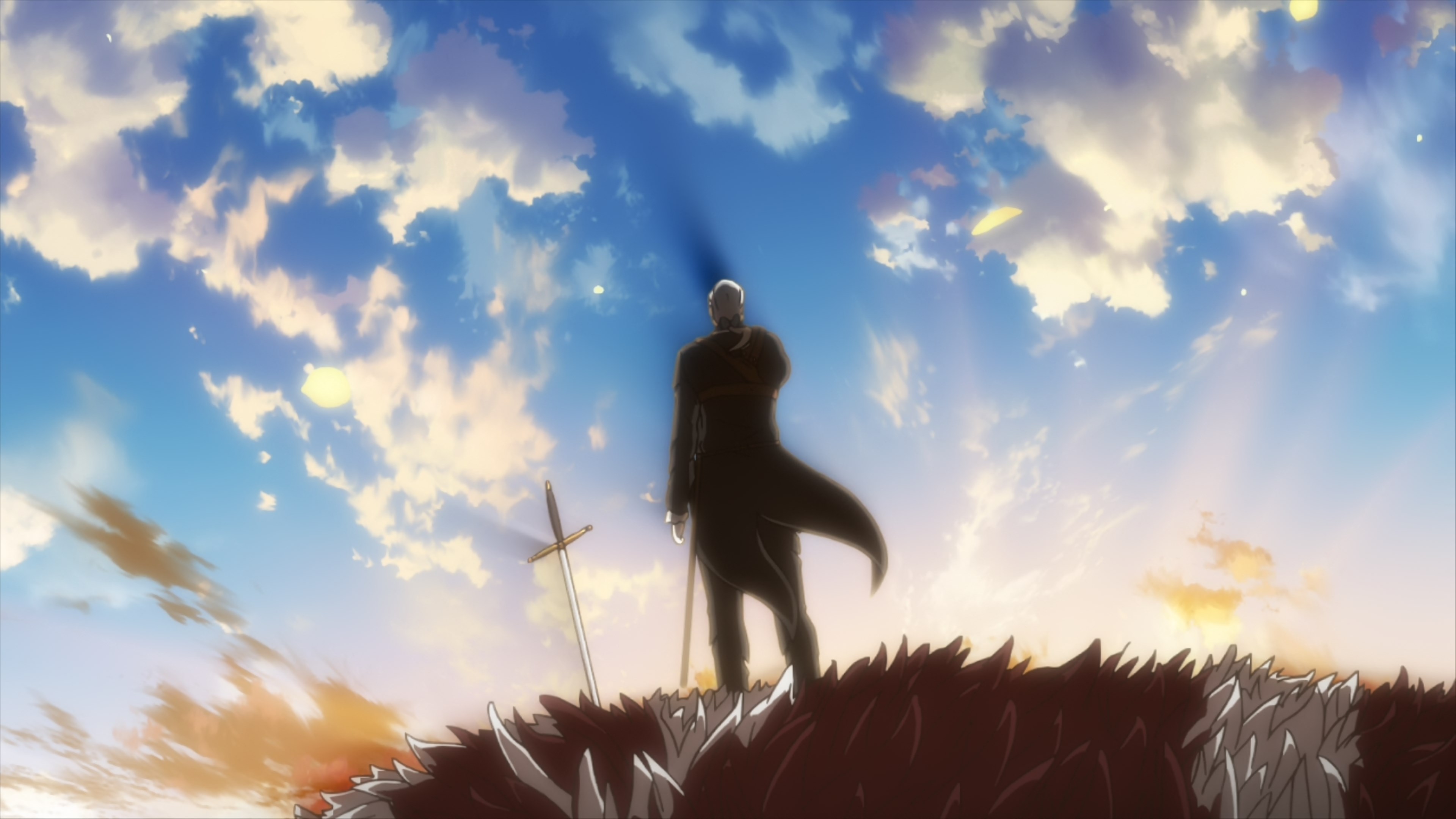
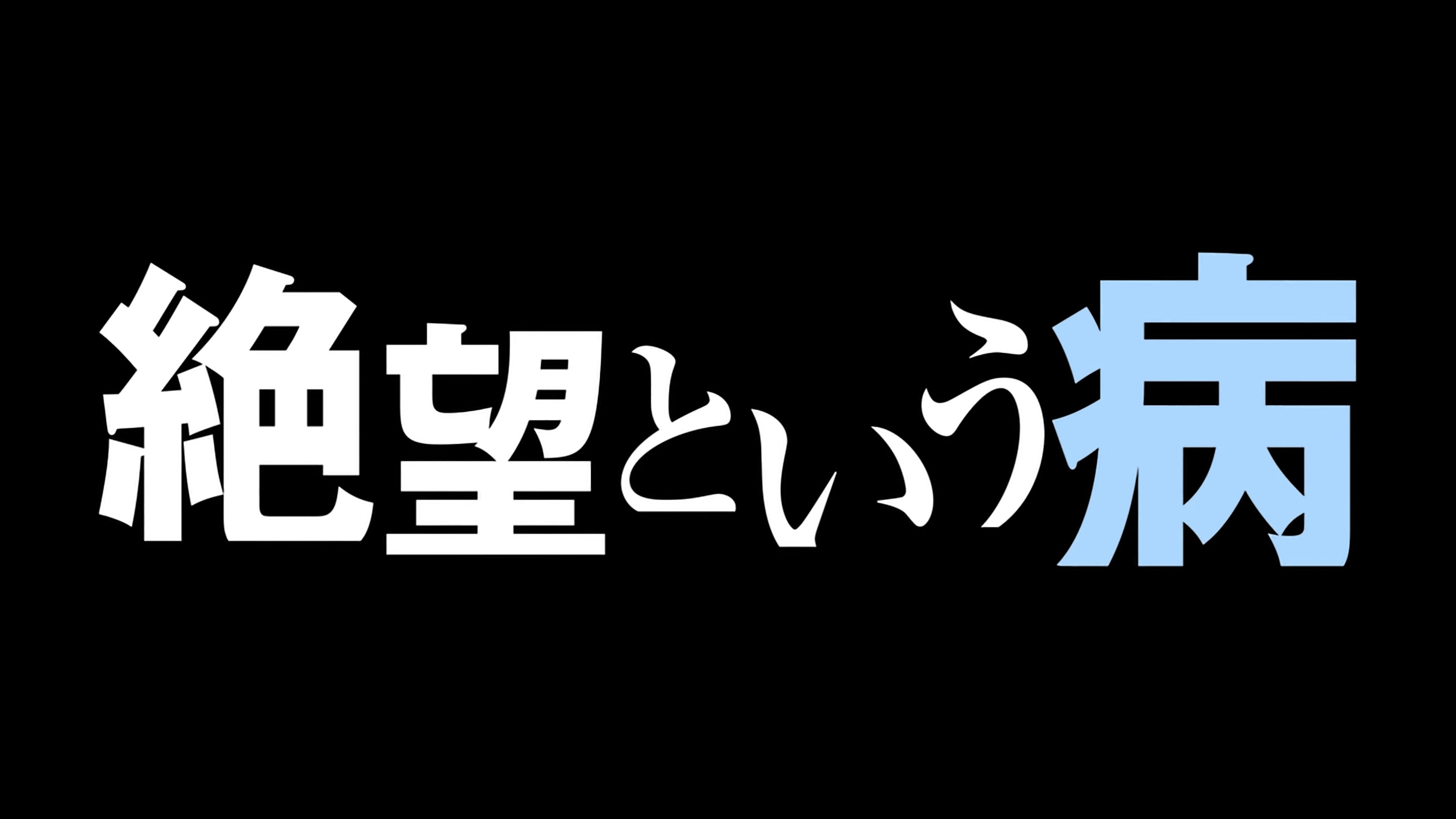
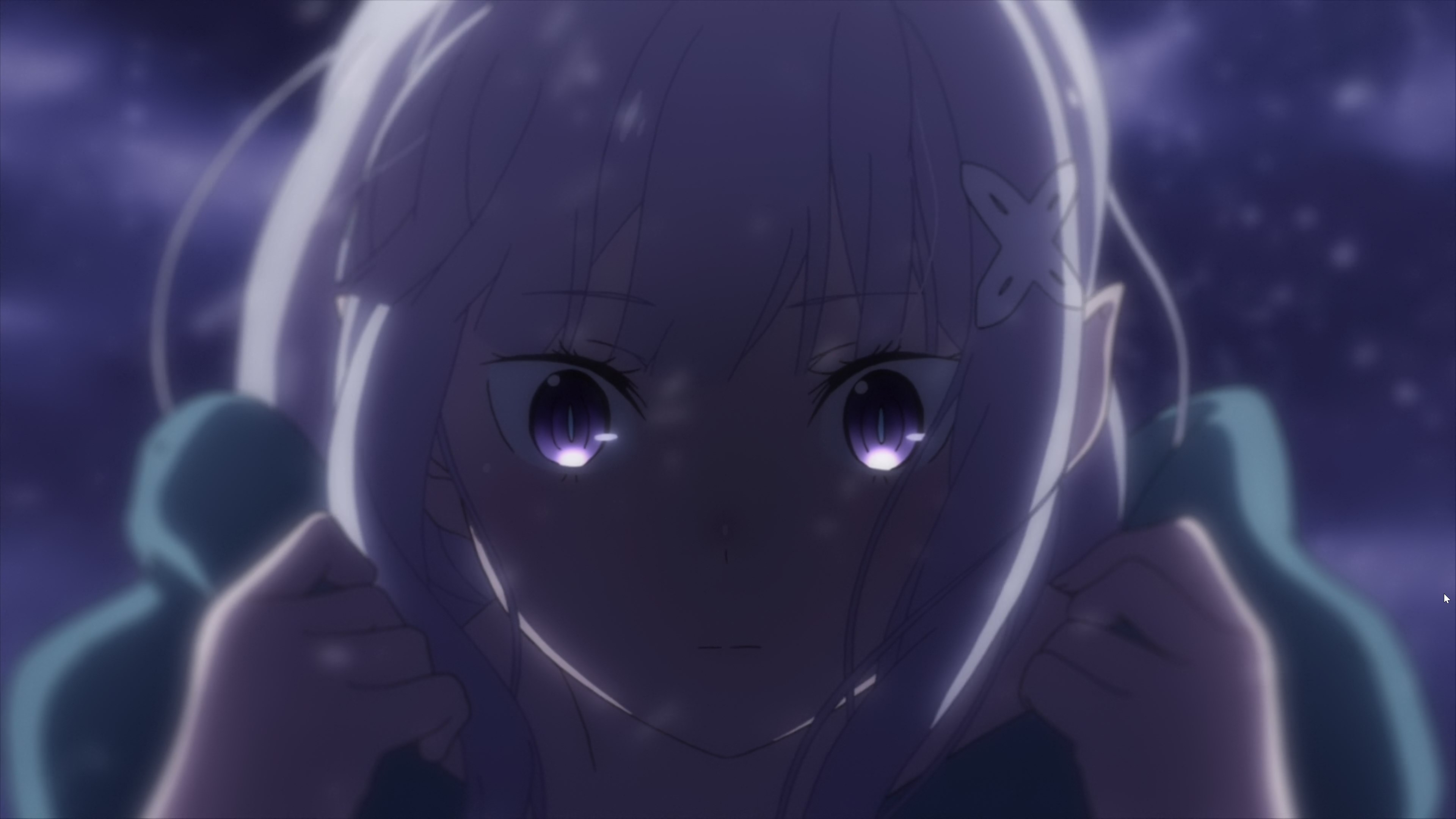
Great look into re zeros production kVIN! You mentioned problems with Subarus’ use as a protagonist which I agreed with for the most part. To me what made me fall in love with the series was it’s quality of production and how well it executed on its emotional moments. That said after reading through some of the light novels I feel like there will be some standout moments for a lot of characters, including Subaru. I’m excited to see how the adaptation turns out.
Good to hear! The first time through the show I was frustrated by that because it felt like the show wanted to have the cake and eat it too. I’ve mellowed a bit upon rewatch and now simply think that the author simply didn’t consider that the focus on Subaru at the cost of other characters’ agency kinda runs against the very good point the arc is making. It’s an interesting series for sure, and this team knows damn well how to sell it.
“Ozaki’s away from the studio to direct WAVE after a certain goblin experience that’s best forgotten”
Is this referring to the goblin slayer movie by any chance? Did the production turn out bad?
The project in general was rough to say the least, with subpar results for the team regardless of how you feel about the content itself. I’d expect him to keep working with WF when he’s got the time but that was faaaaaaaar from his best and undeniably rushed.
lmao that URL
the-problem-with-great-animators-becoming-directors-is-that-they-think-everyone-can-easily-draw-their-bullshit-angles-with-ease-too.jpg
“let’s just say that other titles with extremely similar arrangements have failed to get much of a positive reaction.”
It’s okay, you can say From Commonplace to World’s Weakest. (Honestly, considering its staff and production, that show should’ve looked even worse.)
i actually slept on re:zero way back when the first season aired and never really paid it any mind until now but this post caught my interest – both because of the fascinating story of the show’s development and because of your criticisms lol, stories featuring characters who suck that then mercilessly drag them are my favorite food!!! i definitely see your point about the third story arc sometimes shooting itself in the foot overprioritizing subaru’s climb up from rock bottom but also the way i unhinged my jaw and ate the whole first season and ovas in like 3… Read more »
This anime is one the best anime to watch! I’m just happy that they actually made a season 2 so I hope they’ll also make a season 3 for this anime
Really awesome article re zero is like my guilty pleasure lol while im aware of it’s poor writing i still enjoy it a lot